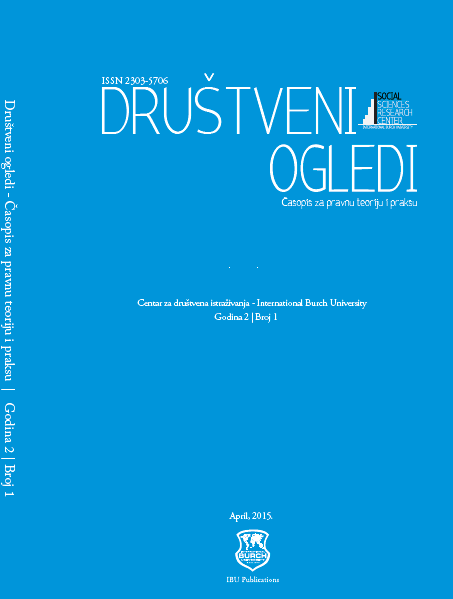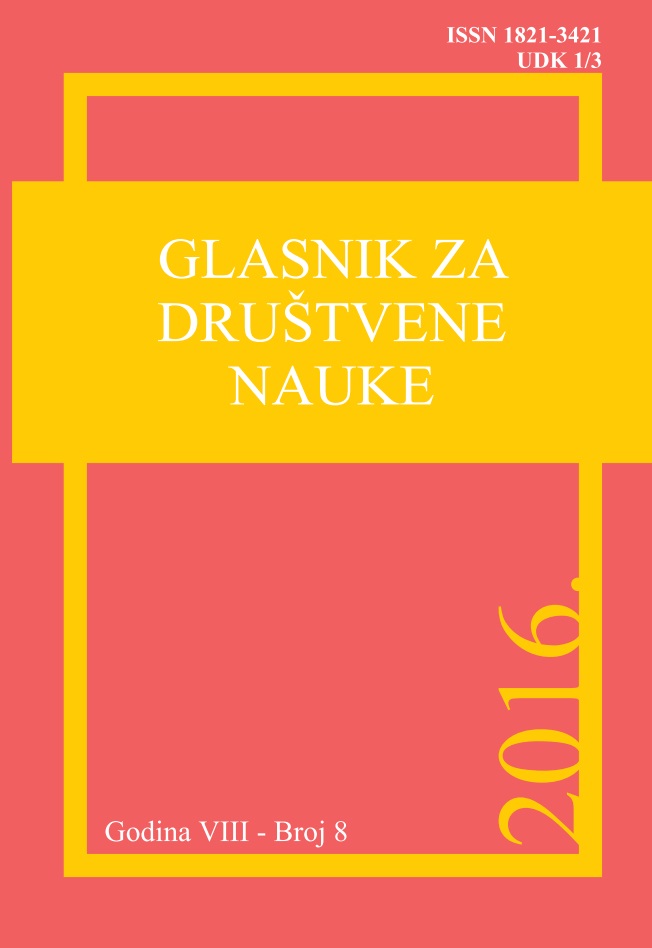
The relationship between indicators of workaholism and burnout in specialists and managers
The aim of the study was to: (1) confirm the expected positive relationships between workaholism and burnout syndrome; (2) explore the relationships between the indicators of workaholism, burnout, and seniority; (3) build and verify empirically the structural model in an attempt to structure the relationships between the studied variables. The verification of the hypothesis was conducted among white-collar workers of a large company operating in the Polish market. Of the indicators of workaholism, only work enjoyment and work–life imbalance – doing showed significant relationships with both components of burnout. The strongest negative predictor of burnout was work enjoyment. On the basis of correlation and regression analyses, the structural model explaining the variance in burnout syndrome was proposed and tested. Indicators of workaholism and seniority were the explanatory variables.
More...









